Get Relief Now: Cupping for Sciatica Pain
Last Updated on May 11, 2023 by Dr. Tiffany Egan
As someone who has experienced sciatica, I understand the debilitating pain it can cause. Sciatica is a condition where the sciatic nerve, which runs from the lower back to the legs, becomes compressed or irritated. This can cause a range of symptoms, including sharp pain, tingling, numbness, and weakness in the affected area. While there are various treatments available, cupping for sciatica is a natural and effective pain relief method that has gained popularity in recent years.

Table of Contents
Introduction to Sciatica and its Symptoms
Sciatica is a condition that affects millions of people around the world. It usually occurs when the sciatic nerve is compressed or irritated, resulting in pain that radiates from the lower back down to the legs. The pain can be sharp and shooting, dull and achy, or a combination of both. Other symptoms of sciatica include tingling, numbness, and weakness in the affected area. These symptoms can be mild or severe and can interfere with daily activities.
What is Cupping Therapy?
Cupping therapy is an ancient form of alternative medicine that has been used for centuries in different cultures around the world. It involves placing cups on the skin to create suction, which is said to promote healing by improving circulation, reducing inflammation, and releasing tension in the muscles. There are different types of cupping, including dry cupping, wet cupping, and fire cupping.
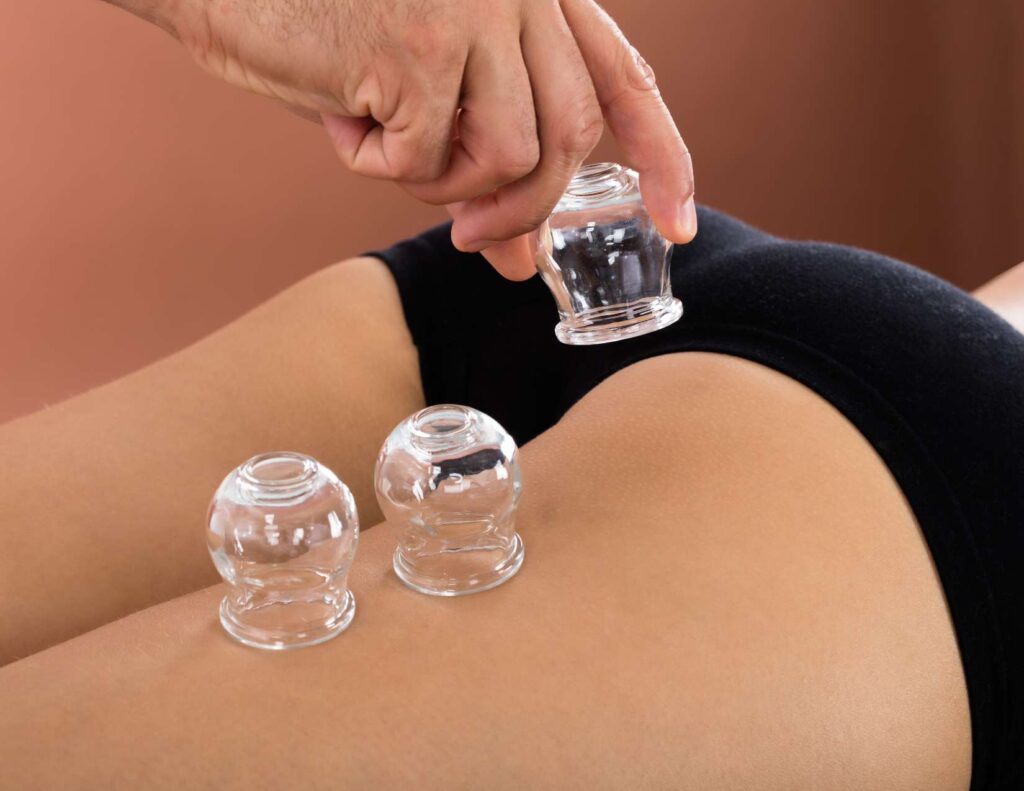
How Does Cupping Therapy Work for Sciatica Pain Relief?
Cupping therapy is said to work for sciatica pain relief by improving circulation and reducing inflammation in the affected area. When the cups are placed on the skin, they create a vacuum effect that pulls the skin, muscles, and connective tissues upwards. This suction can help to release tension in the muscles and improve blood flow, which can reduce pain and inflammation. Cupping therapy can also help to stimulate the body’s natural healing response, which can promote faster recovery.
Benefits of Cupping for Sciatica
One of the main benefits of cupping therapy for sciatica is that it is a natural and non-invasive method of pain relief. Unlike other treatments, such as medication or surgery, cupping therapy does not involve any drugs or invasive procedures. It is also generally safe, and there are few side effects associated with the treatment. Cupping therapy can also be beneficial for improving range of motion and flexibility, reducing stress and anxiety, and promoting relaxation.
Cupping for Sciatica in Pregnancy
Cupping therapy can be a beneficial regimen to help alleviate sciatica during pregnancy. Cupping uses suction to increase circulation, relax muscles and provide pain relief along the nerve pathways of the sciatic nerve. It is important to seek out a qualified therapist who has experience with pregnant patients when considering cupping for sciatica in pregnancy.
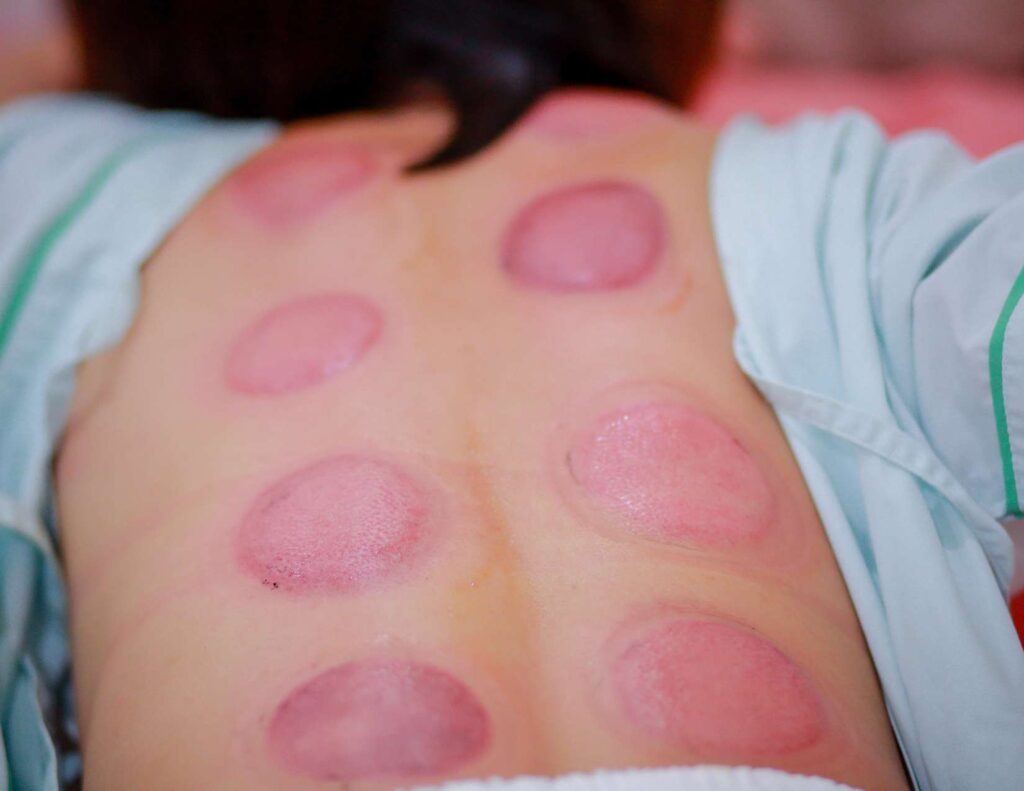
Dangers of Cupping
While cupping therapy is generally considered safe, there are some risks associated with the treatment. These include bruising, skin irritation, burns, and infection. It is essential to find a qualified and experienced practitioner to perform the treatment to minimize the risks. It is also important to note that cupping therapy is not suitable for everyone, and it may not be effective for all cases of sciatica. Talk to your doctor before considering cupping therapy as a treatment option.
Types of Cupping Techniques Used for Sciatica
There are different types of cupping techniques used for sciatica, including dry cupping, wet cupping, and fire cupping.
- Dry cupping involves placing cups on the skin without making any incisions.
- Wet cupping involves making small incisions on the skin before applying the cups, which allows for the removal of toxins and other impurities from the body.
- Fire cupping involves using heat to create suction in the cups before applying them to the skin.
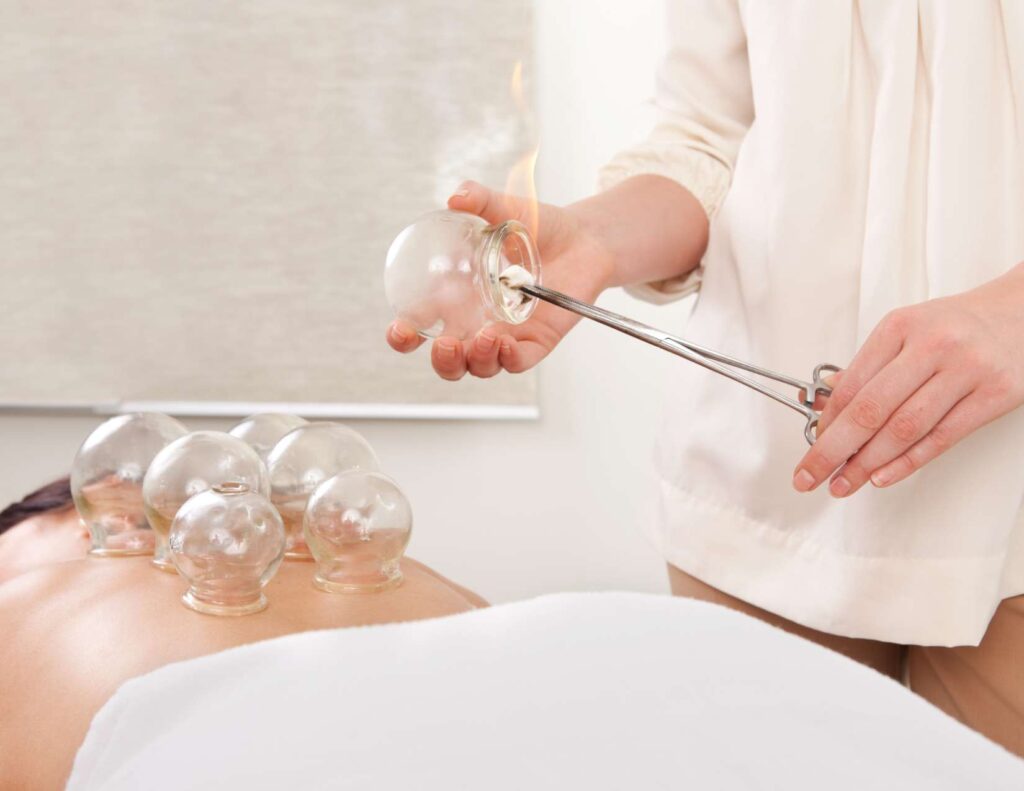
Preparing for a Cupping Session
Before a cupping session, it is essential to find a qualified and experienced practitioner who can perform the treatment safely and effectively. It is also important to discuss any medical conditions or medications with the practitioner before the session. It is recommended to wear loose clothing to the session, as the cups are usually placed on the skin in areas affected by sciatica.
What to Expect During a Cupping Session for Sciatica
During a cupping session for sciatica, the practitioner will place cups on the skin in the affected area. The cups will create a suction effect that can cause a pulling sensation on the skin. The cups may be left in place for several minutes, or the practitioner may move them around the affected area to target specific muscles and tissues. After the session, the cups will be removed, and the skin may have red or purple marks, which usually fade within a few days.
Aftercare and Recovery Tips
After a cupping session, it is important to drink plenty of water to help flush out toxins from the body. It is also recommended to avoid strenuous activity for at least 24 hours after the session to allow the body to heal. Applying heat or ice to the affected area can also help to reduce pain and inflammation.
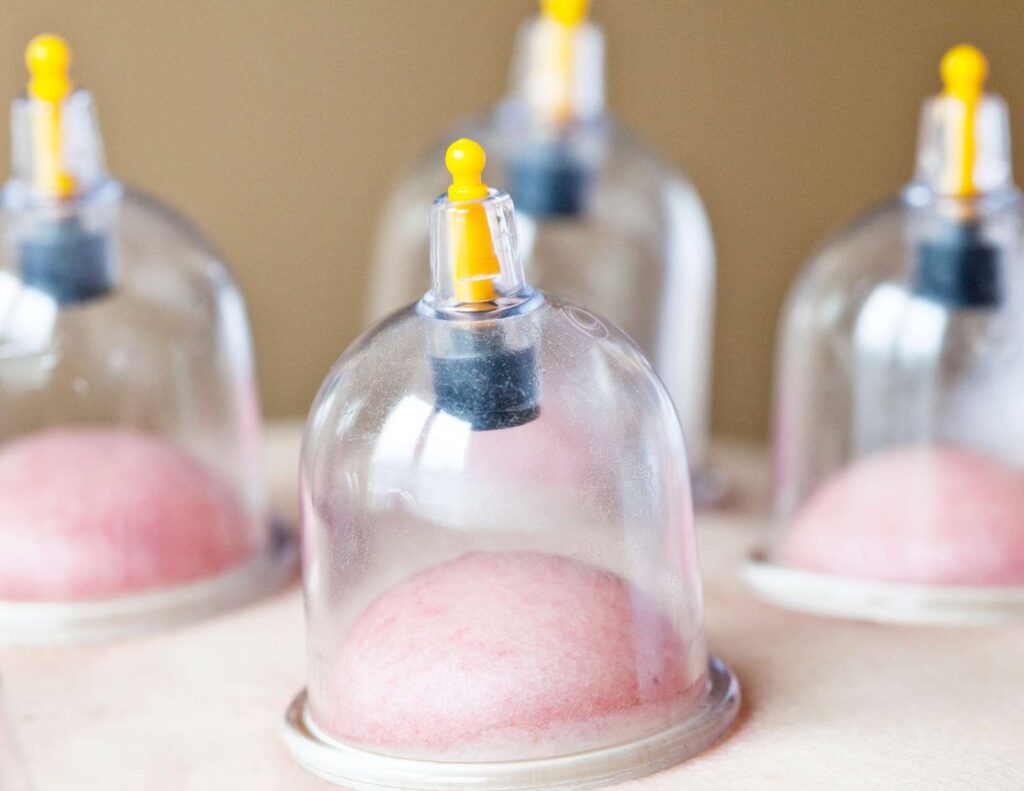
Combining Cupping Therapy with Other Treatments for Sciatica
Cupping therapy can be combined with other treatments for sciatica, such as chiropractic care, pressure point massage therapy, and acupuncture. These treatments can work together to provide a more comprehensive approach to pain relief and promote faster recovery. Cupping therapy can also be used in conjunction with other treatments for a variety of health concerns, such as fatigue, headaches, and musculoskeletal pain. It is important to speak with your healthcare practitioner about the best combination of therapies for you.
Frequently Asked Questions about Cupping for Sciatica
Is cupping therapy painful?
Cupping therapy can cause a pulling sensation on the skin, but it should not be painful. If you experience any pain during the treatment, you should let the practitioner know immediately.
How many cupping sessions are needed for sciatica?
The number of cupping sessions needed for sciatica can vary depending on the severity of the condition. Some people may experience relief after just one session, while others may need several sessions over a period of weeks or months.
Can cupping therapy cause bruising?
Cupping therapy can cause bruising, but this is generally mild and should fade within a few days.
Does Cupping Help Piriformis Syndrome?
Yes, cupping therapy can be beneficial for treating piriformis syndrome, especially during pregnancy. Cupping is a form of massage that uses suction cups to create negative pressure on areas of the body. This helps loosen tight muscles and promote relaxation in the affected area. It also increases blood circulation and promotes healing. Research has shown that cupping can help reduce inflammation and pain associated with piriformis syndrome, allowing you to move more freely and resume daily activities.
Where are the Cupping Points for Sciatica?
Cupping therapy is an ancient Chinese practice that involves the placement of suction cups on certain points of the body. For sciatica, cupping points typically include areas along both sides of the spine and down either side of the buttock area, using both stationary and moving cupping techniques. Your certified cupping therapist will be able to tell you which points are best for addressing your specific symptoms.
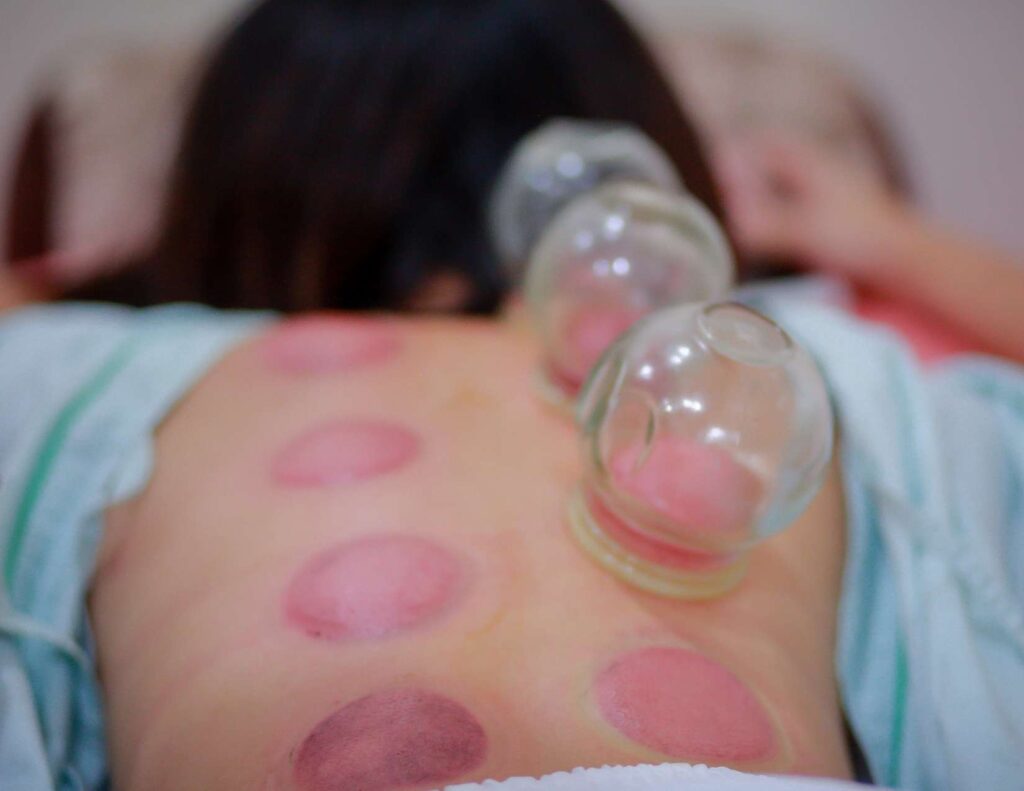
How do I Find Cupping for Sciatica Near Me?
Cupping therapy for sciatica may be easier than you think to find. Try looking online for cupping practitioners near you, or ask friends and family if they know of anyone who offers this service. You could also try checking with your local health department or massage therapist for recommendations. Finally, make sure to read reviews and ask plenty of questions to ensure you get the best treatment possible.
Conclusion: Is Cupping Therapy a Good Option for Sciatica Pain Relief?
Cupping therapy is a natural and effective pain relief method that has gained popularity in recent years. While it is generally considered safe, it is important to find a qualified and experienced practitioner to perform the treatment to minimize the risks. Cupping therapy can be beneficial for improving circulation, reducing inflammation, promoting relaxation, and improving range of motion and flexibility. It can also be combined with other treatments for sciatica to provide a more comprehensive approach to pain relief and promote faster recovery. If you are considering cupping therapy for sciatica, it is important to discuss your options with a healthcare professional to determine whether it is the right choice for you.







